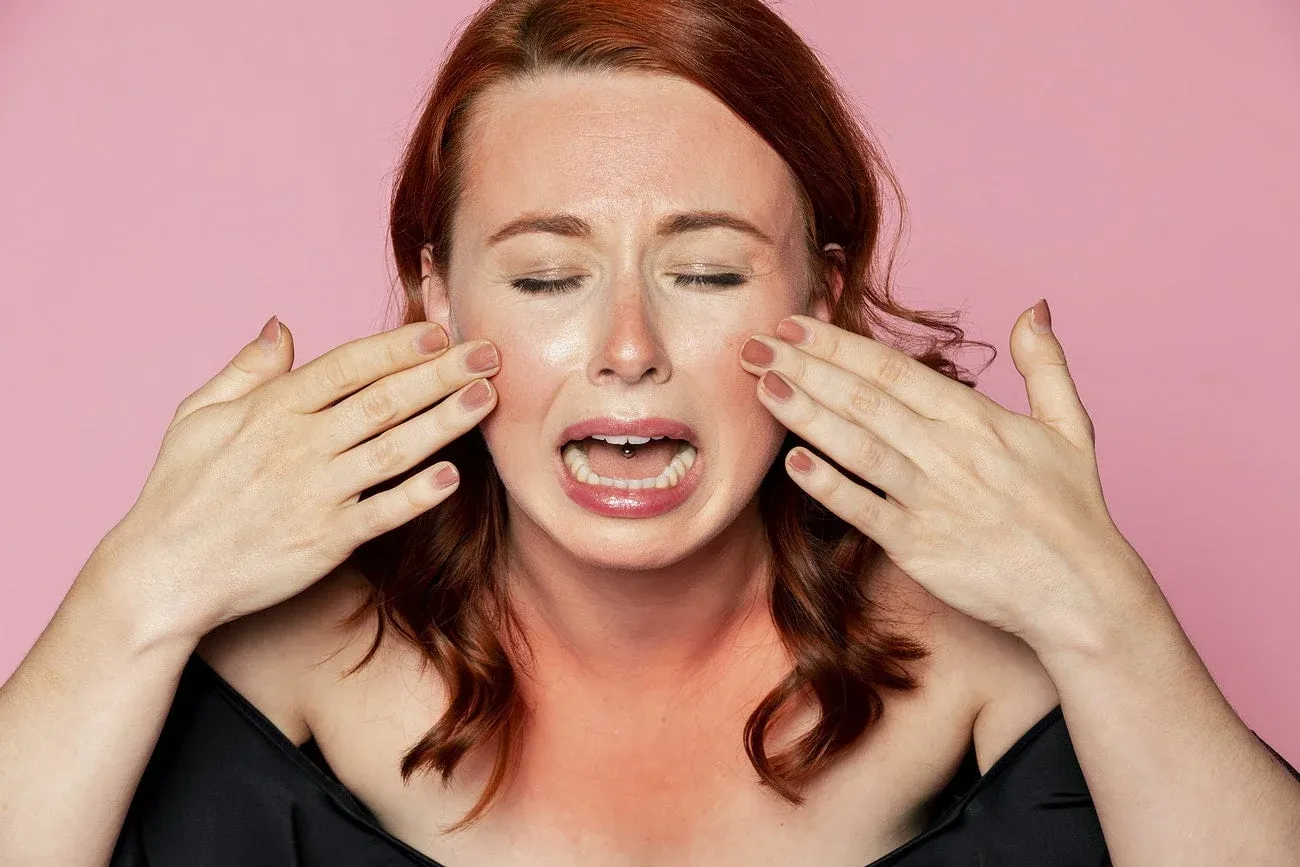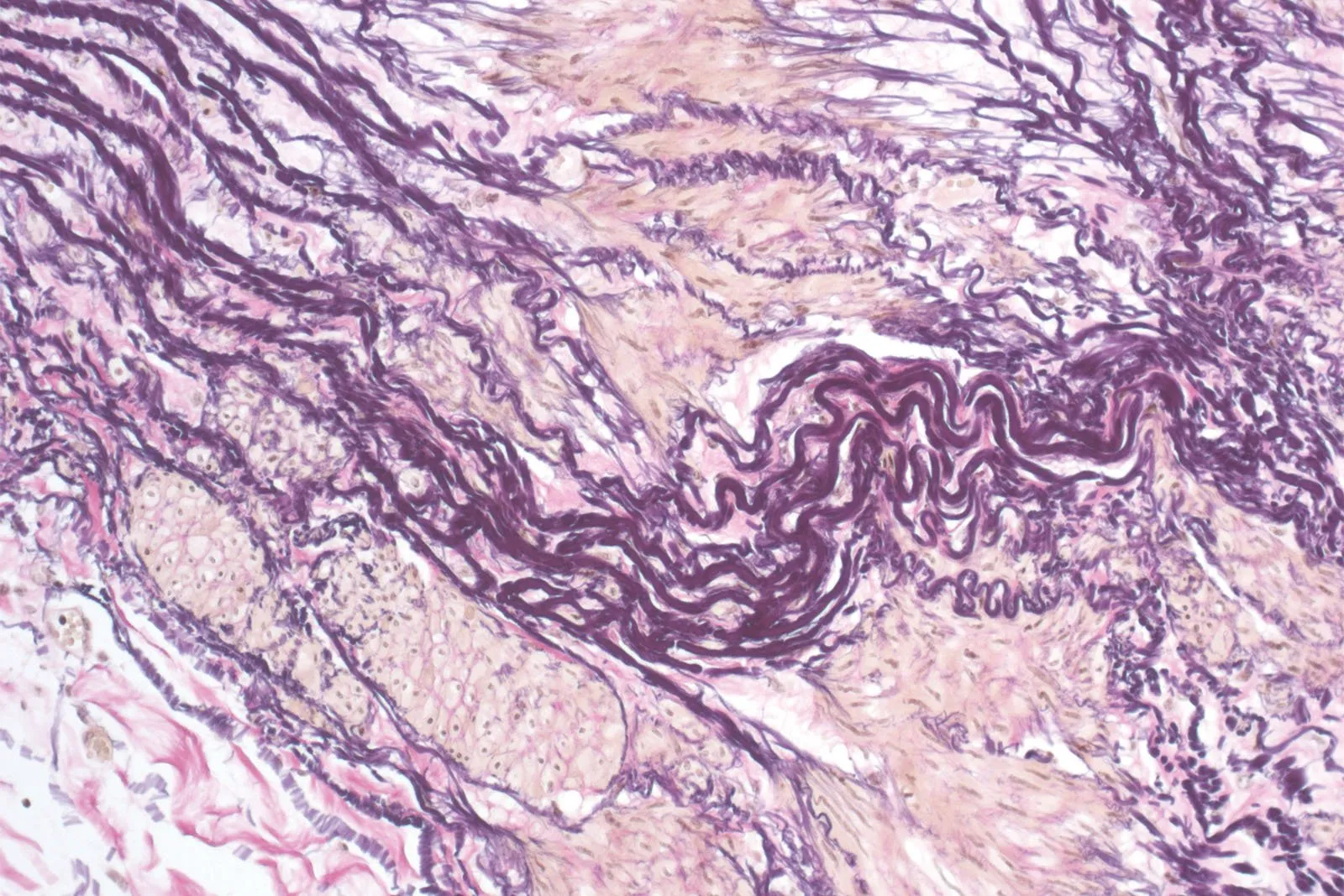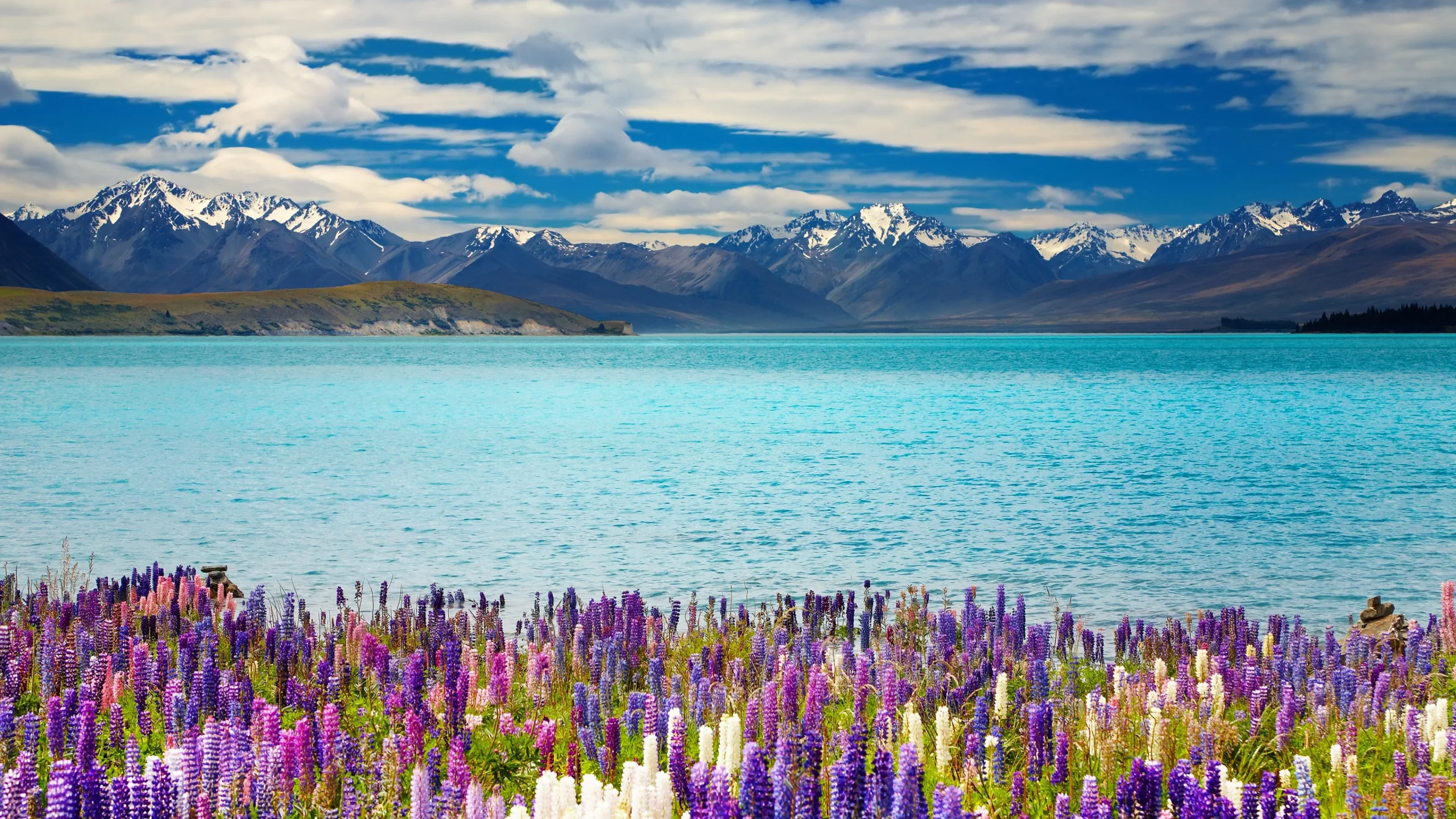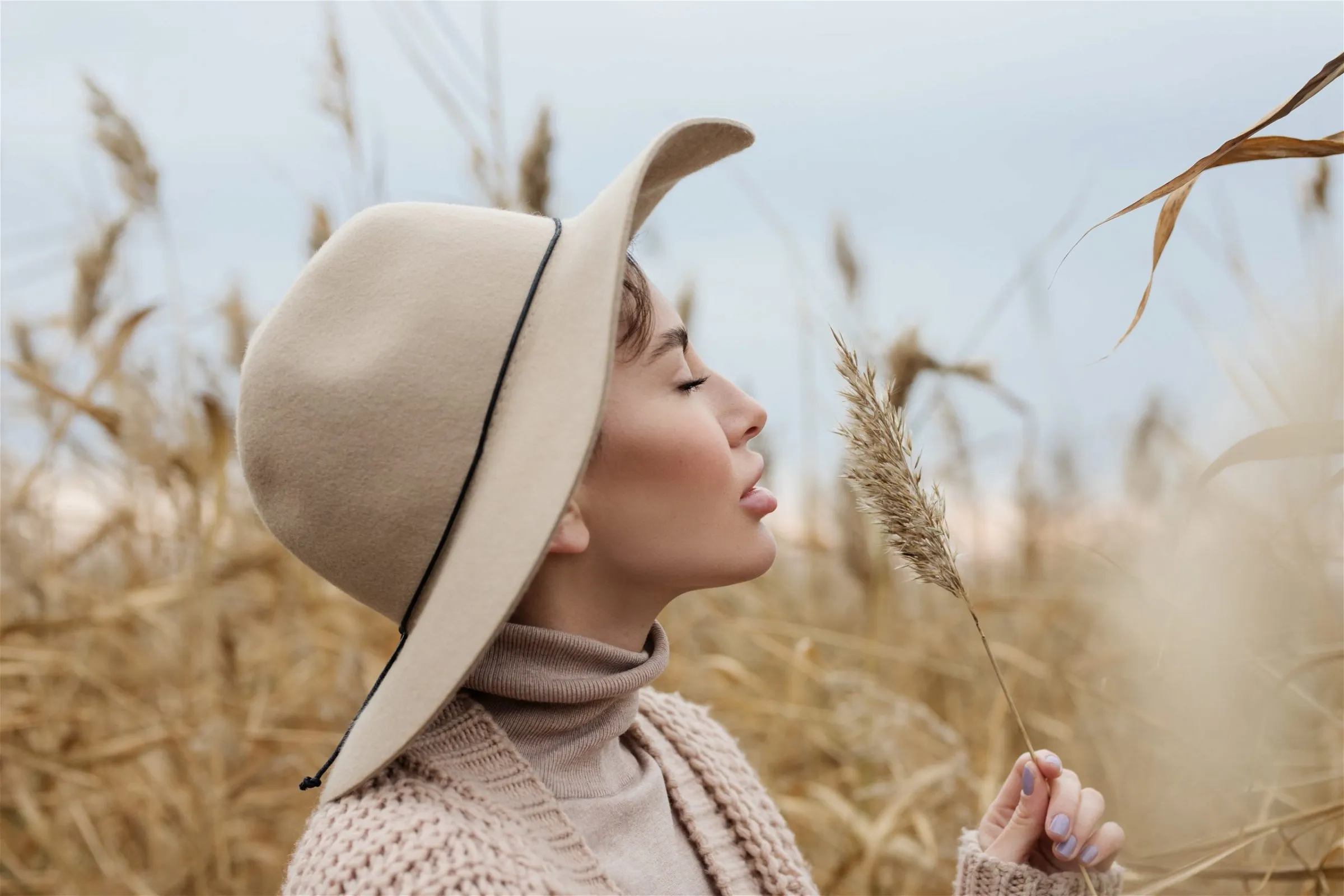Rosacea is a common condition that causes the small blood vessels to be visible from the skin’s surface. It’s best described as a prolonged redness of the skin. Let’s dive into some quick facts about the condition before discussing what can be done.
- Rosacea affects almost 10% of the world’s population.
- It doesn’t discriminate between genders.
- Most of the time, patients are between the ages of 30 and 60.
- Individuals with fair skin and who blush easily are also more likely to be diagnosed.
Now that we know the basics of Rosacea, let’s discuss how to look out for it, how to treat it, and a few important things to remember.
What Does It Look Like?
Rosacea tends to show up on the cheeks, nose, and chin. It can also be found on other areas of the head, including ears, forehead, scalp, and in some rare cases, on the arms.
If you think you might have rosacea, here are a few things to look out for:
- Persistent redness, blushing, and/or flushing in the face.
- Smell red bumps that might contain pus and resemble acne
- Burning or stinging on the areas with redness or bumps
Treatment Options

The bad news is that there is no cure for rosacea, but that doesn’t mean it’s not manageable using makeup, self-care, or topical treatments.
When it comes to makeup, some have successfully used green makeup or green-tinted foundations to counter the redness. Once you apply the green-tinted products, you cover them with your skin-tone foundation.
Self-care is important in general, but if you want to manage your rosacea, you will want to make sure to document the days you have flare ups and what you were doing, ate/drank, products you uses, and weather you were exposed to that day (hours in the sun especially). All of these things can help you determine what to avoid over time.
Topical treatments like retinoids, azelaic acid, and brimonidine can help reduce its appearance.
- Retinoid is similar to vitamin A and helps reduce redness.
- Azelaic acid is a gel or foam that clears up bumps, swelling, and redness.
- Brimonidine is a gel that tightens blood vessels in the skin to get rid of some redness.
Oral antibiotics might also be prescribed in some cases.
If you are looking for professionally done therapy, laser treatments and intense pulsed light therapy are options.
Things To Remember
Rosacea can resemble both acne and sunburn. If you spend a lot of time in the sun, it could be easy to confuse them for rosacea. A good rule of thumb is that rosacea is persistent, while acne and sunburn go away with proper treatment and time. Despite being persistent in nature, it is possible to have alternating times of flare-ups and remission.
If you are diagnosed with rosacea, it’s important that you check with your skin provider about your skin-care routine products. And as always, make sure you are applying sunscreen every time you go out in the sun (even on cloudy days!).
Are you ready?
Our trained clinicians are available to assist you in achieving your skincare goals and recommend the best products for you! Contact us today to schedule your consultation to find out if one of our recommended products is right for you!





